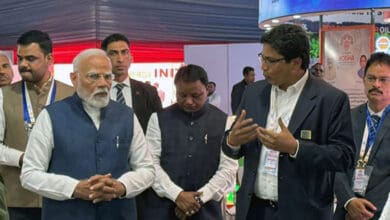ReNew Power announced a collaboration agreement with the Precourt Institute for Energy at Stanford University and its StorageX Initiative. StorageX is an academic-industry-government initiative that aims to solve the most pressing real-world challenges in battery storage. Its collaboration with StorageX will focus initially on challenges surrounding grid level battery usage and performance in India, with an eye toward optimizing the performance of storage assets, and ultimately driving stable and firm power delivery to the grid.
ReNew will participate in StorageX through the Stanford Energy Corporate Affiliate (SECA) programme, which facilitates interactions between organisations and Stanford faculty and graduate students across the full range of energy-related topics. Through its membership in the SECA program, ReNew will have access to world-class research and opportunities for collaboration on research, education and training.
Speaking about the affiliation, Founder, Chairman and CEO of ReNew Power, Sumant Sinha said, “The collaboration with Stanford’s StorageX Initiative will broaden ReNew’s field of vision and help us in recognizing promising new technologies quickly. Reliable renewable power generation in India is critical to meeting the government’s goal of putting 450 gigawatts of renewable power online by 2030.”
Grid scale battery storage has emerged as a crucial enabler for solidifying India’s long-term plans for firm, reliable electricity from grid-integrated renewable sources. The ability to deliver reliable power from renewable sources at peak and off-peak hours is critical to power distribution companies’ plans to meet obligations for purchasing renewable power.
Recognizing this increasing importance, in January 2020, ReNew bid on and won India’s first auction for renewable power generation combined with energy storage for guaranteed peak power supply capability. The 300 MW project was awarded by the Solar Energy Corporation of India.
Additionally, ReNew has also won a tender to provide 400 MW of Round-the-Clock power, through renewable sources. This tender, held in May 2020, was India’s first to require Round-the-Clock reliable power generation from renewable sources. This project will use a combination of wind and solar renewable generation assets, along with storage technology, to provide annual capacity utilisation of 80% approximately double that of regular renewable energy generation projects.













